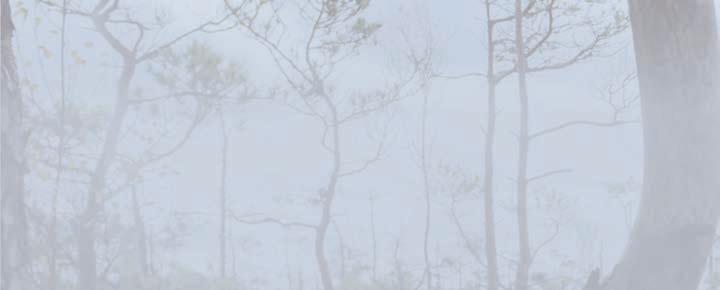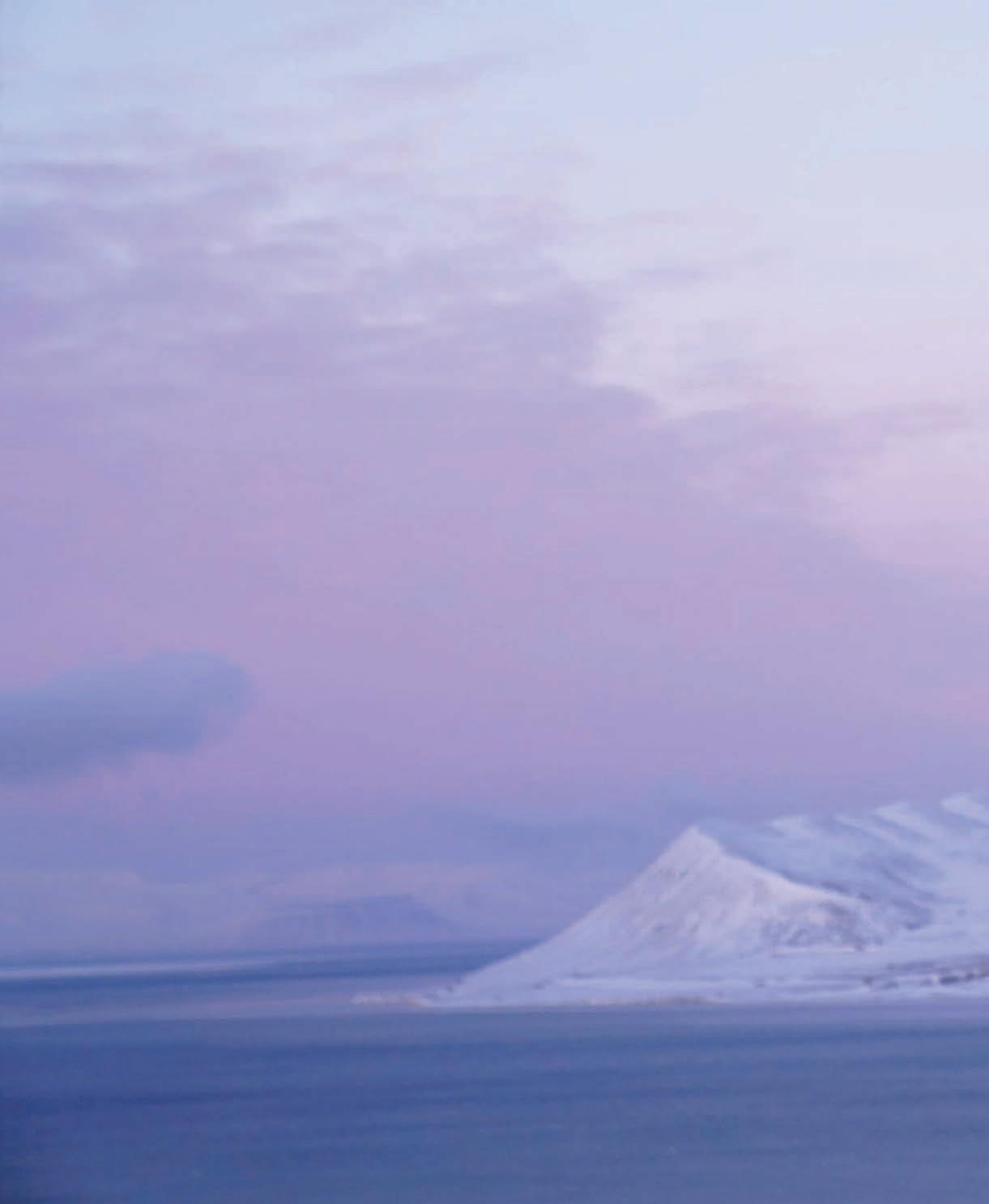
9 minute read
Among Forests and Lakes: A conversation with the curators
by Leslie Anne Anderson, Director of Collections, Exhibitions, and Progams
In preparation for our summer 2021 temporary exhibition, Among Forests and Lakes: Landscape Masterpieces from the Finnish National Gallery, the Museum spoke with curators ANU UTRIAINEN and HANNE SELKOKARI to gain deeper insight and context on this superlative show of work by some of Finland’s most famous artists.
Advertisement
LESLIE ANNE ANDERSON: Why has landscape been a significant genre in Finnish art?
ANU UTRIAINEN: Landscape themes emerged as a category of European art during the nineteenth century. Previously, they had generally served as backdrops for other types of works, such as paintings with historical, mythological, or religious subject matter. As such, landscapes were not often explored as an independent genre by artists.
The rise of landscape painting has its roots in the French Revolution and the Napoleonic Wars. Along with its spread emerged the ideal of nationalism, national self-rule, and the need to create unified national culture. In Finland, the era of building a national identity is linked to the birth of the concept of “Finnishness.” This concept took form mainly in literature and poetry in the first decades of the nineteenth century—at that time, Finland was a Grand Duchy of the Russian Empire. The idea of an independent nation created a strong need to depict the country and its people in visual form. One of the most significant landscape painters of the first half of the century was Werner Holmberg (1830–1860), who studied in Düsseldorf, Germany. Holmberg adapted the themes and ideas of Romantic landscape painting to the Finnish environment.
This was a pioneering project as there were no professional Finnish artists or public art museums in Finland until the Finnish Art Society (established 1846) began to collect artworks through donations, commissions, and purchases, and established the Drawing School in the mid-nineteenth century. The aim was to amass a collection of Finnish art for public display. This momentous campaign culminated in the inauguration of the Ateneum building in 1887, consisting of two art schools, the Art Society’s o ces, and an art museum for the collections. By that time, landscape painting had achieved a key role in the newly established art scene.
Even today, landscapes are greatly loved by Finnish museum visitors; and landscape painting as a genre and means of artistic expression is popular among contemporary visual artists.
LAA: This exhibition shares 150 years of artwork. How has the depiction of the Finnish landscape changed in the 150 years represented in the exhibition?
HANNE SELKOKARI: The ways to experience and express the landscape and nature varies in methods, but many ideas conveyed through it remain the same. Evoking the sublime in the viewer, which was the aim of the early artist, progressed into showing details of nature through careful studies executed in nature like in Holmberg’s sketches; or depicting snow and ice in a variety of ways with different techniques from Fanny Churberg to Väinö Blomstedt and H. Ahtela. Lea Ignatius and Aimo Kanerva are both masters of expressing the warm sun and heat in their works (Heat and Hot Day) by using just one radiant color.
An untouched lake landscape seen from a bird’s eye view was, for a long time, an ideal type of Finnish landscape. Symbolist landscape painting began in the 1890s, and as a style, is still strongly present in contemporary art. The Finnish landscape is not just countryside and pure nature. It is present in built environments or cities. The idea [that manufactured environments could be landscapes] originally came from the writer and historian Zachris Topelius, according to whom nature, people, and culture are a single entity. An opposite view was held by the poet J. L. Runeberg, whose romantic idea was that untamed nature and pristine wilderness represent the very opposite of culture and were important for that very reason.
LAA: The exhibition is divided into four themes—Seasons, Inside the Landscape, Symbolist Landscape, and Sápmi. Why did you decide to organize this exhibition thematically versus chronologically? How did you identify these four themes?
AU: There are certain recurring types and forms of landscapes, out of which the most canonical one is a view over a lake seen from a high vantage point. Another common feature are depictions of the four seasons, out of which winter landscapes can be mentioned as typically Finnish, especially at the turn of the twentieth century. At the same time, Symbolism in general—and Symbolist landscape painting in particular—were significant stylistic and philosophical movements and genres in Finnish art, so it was obvious they would play a role in this show as well.
PREVIOUS SPREAD
Gabriel Engberg, Landscape from Sápmi, Summer Night, 1898, oil, Finnish National Gallery / Ateneum Art Museum, Hoving Collection.
FACING PAGE
LEFT TO RIGHT FROM UPPER LEFT
Anton Lindforss, Autumn, 1941, oil, Finnish National Gallery / Ateneum Art Museum, Hoving Collection.
H. Ahtela, Winter Road, 1952, oil, Finnish National Gallery / Ateneum Art Museum, Ester and Jalo Sihtola Fine Arts Foundation Donation.
Akseli Gallen-Kallela, Winter, study for the Juselius Mausoleum frescoes, 1902, tempera, Finnish National Gallery / Ateneum Art Museum, Antell Collections.
Akseli Gallen-Kallela, Wild Angelica, 1889, oil, Finnish National Gallery / Ateneum Art Museum, August and Lydia Keirkner Fine Arts Collection.
Lea Ignatius, Heat, 1974, etching, relief printing, Finnish National Gallery / Ateneum Art Museum
Werner Holmberg, Landscape from Kuru in Morning Light, 1858, oil, Finnish National Gallery / Ateneum Art Museum.
Sápmi in the north, on the other hand, is both a geographical and cultural region (the latter is referred to as Sápmi), and has enthralled artists ever since the 1920s when it became more accessible by car and train. The “magic” of north was thus an evident theme we could not ignore, and which has since become a very current topic in the discourse of decolonization and the rights of indigenous people.
In terms of motifs, forests, open fields, and lakes occur over and over again. After World War II, Finnish society changed radically. Urbanization and industrialization were rapid and sweeping. Finland turned from an agrarian country into a modern industrial society in a couple of decades. This had an effect in art and landscape painting as well, and cityscapes became a popular motif.
The curatorial process and organization of the show under these themes was actually pretty easy when we realized that the above mentioned are the most common motifs and topics, supplemented with urban landscapes from the modern era. Interestingly enough, the core concept of the “Finnish landscape,” created in the mid-nineteenth century, has survived over time. It has transformed many times in terms of style, technique, and form, but the initial idea of a pristine and intact landscape, or an image of it with a hint of human intervention, has never disappeared.
LAA: Many of the works included in the exhibition were created by canonical artists, while others are by less well-known artists. What was the process for selecting works of art for the show?
AU: The Ateneum is the biggest and most well-known art museum in Finland. The permanent collection exhibition, “The Stories of Finnish Art,” shows many of the most significant works from the late nineteenth to early twentieth centuries. In recent years, the collection’s timeline has been extended until 1970. Today, the Ateneum is not only a museum of older art, it also holds the biggest collection of modern art in Finland. We have been working on this part of the collection more intensely, making the modern collection more accessible to our visitors, at home and abroad.

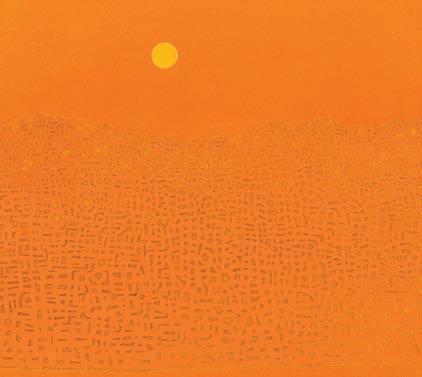
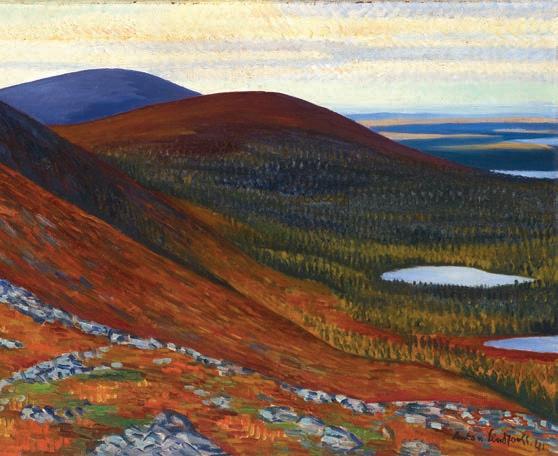
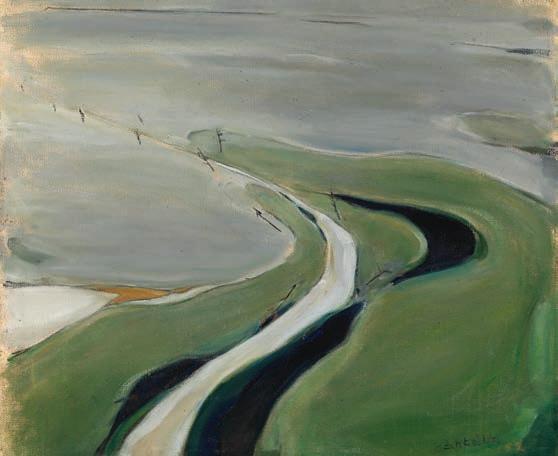
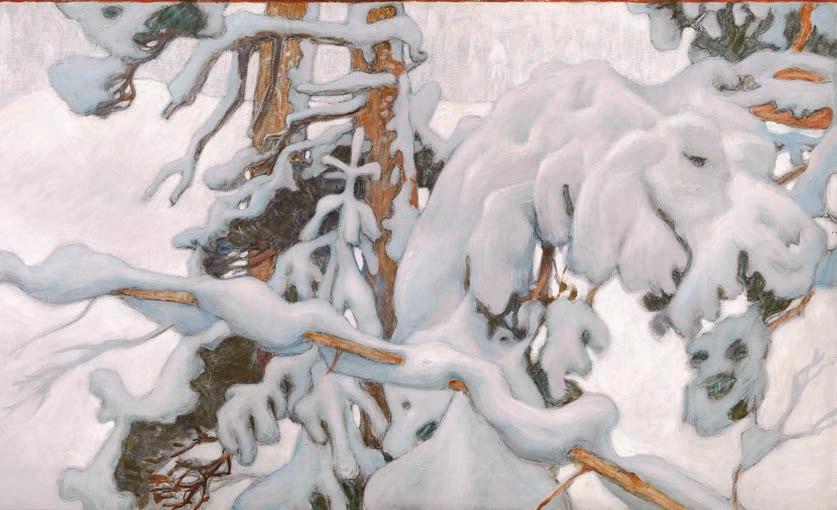

Another important factor is emerging areas in art historical research. This has had a ground-breaking effect in the way we analyze and study those parts of the collection that may have fallen off our radar in recent decades. The concepts of good taste or style have changed and, for example, climate change, rising interest in environmental issues, and processes and concepts like decolonization or posthumanism are examples of new ways of seeing. Landscapes and cityscapes are at the very center of these issues.
You can’t talk about Finnish art and not mention the role of Finnish women artists. They have always played a central and significant role in the Finnish art scene. Women artists have embraced new trends and ideologies in a pioneering way, and shaped the way modernism and modernistic styles were adopted in Finnish art at the turn of the twentieth century and after. They also have an essential role in this display as well. Women might not yet be as canonical and acknowledged internationally as they are in Finland, but we are putting lots of effort toward making a change here. As an example, our Modern Woman project, with four modern women artists, has been shown in New York City, Tokyo, Stockholm, and it just opened in Copenhagen. Helene Schjer eck (1862–1946), one of the most well-known Finnish artists, was on display at London’s Royal Academy of Arts last year.
These are just examples of how art history, general opinions, and objects of interest are changing as the world is rapidly changing around us. We think museums and curators have an essential role in addressing these issues.
LAA: Can you explain the collecting history of the Ateneum, and the efforts made in this exhibition to include works by Sámi artists from the collection of the Museum of Contemporary Art Kiasma (part of the Finnish National Gallery)?
HS: The Ateneums’s collection started in the mid-nineteenth century with acquisitions by the Finnish Art Society. Landscape painting in its different phases and themes was and is one of the mayor interests in the collection, not least because Finnish artists have always been keen to study and paint nature.
Works by both Sámi artists and contemporary artists are fairly new acquisitions for the Finnish National Galleryand are part of Kiasma’s collection. Our aim as curators was to show work by artists from all parts of Finland. We wanted to represent landscapes from all over the country by as wide a range of artists as possible.
LAA: This is a major exhibition and the National Nordic Museum is the exclusive North American venue. How often do works like Hugo Simberg’s Spring Evening, Ice Break travel to institutions outside Helsinki, Finland, or Europe?
HS: Actually, Simberg’s painting has been on the move for the last twenty years and in at least eighteen exhibitions! Ateneum Art Museum arranged an extensive exhibition on Hugo Simberg with several publications in 2000. Before this solo exhibition,
Simberg was known and loved in Finland, but over the last twenty years, his paintings (and sometimes also drawings) have played an important role when depicting turn-of-the-century Finnish art abroad. Spring Evening, Ice Break is one of the small treasures of the Symbolist period in Finnish landscape art. The last time this piece was shown in North America was in 2007 in Minnesota.
LAA: What have you discovered in researching this exhibition that surprised, challenged, or expanded your understanding of Finnish art?
AU: I find myself in continuous state of awe and astonishment when working with our marvelous collection. I really enjoy studying it and trying to find new ways of putting our works of art in a context that gives museum visitors new perspectives, experiences, and ways of thought. Because I have worked with the collection for many years, the most interesting part is the modern collection. It has not been studied or shown as much as the older part, and it gives me great joy to make discoveries.
Women artists are one of my special interests—painters, printmakers, and sculptors—and how they were able to build their careers as professional artists.
It was not a surprise to find that there are lots of images of lakes, forests, and fields, but it was a bit of a surprise that there are so few seascapes and images of the archipelago, even though they are an essential and huge part of the Finnish landscape. One answer to this is political—artists were interested in the more unknown and untouched hinterlands, the original “Finnish” inland, as they were commissioned to give it a visual form as a national landscape. Seashore was considered to be more civilized. Language was an important factor—the coastline was more inhabited by the Swedish-speaking population, including most of the artists themselves who came from the Swedish-speaking upper classes until the early decades of the twentieth century, and therefore, it might not have been considered as a genuine Finnish landscape.
In general, this project has only strengthened my presumption of the landscape as one of the most essential and widespread themes in Finnish art of all times.
Among Forests and Lakes: Landscape Masterpieces from the Finnish National Gallery features over fty works of art that span over 150 years of history, from the 1850s to the present day. Among Forests and Lakes is on view at the National Nordic Museum May 6, 2021 through October 17, 2021.
For more information on the Ateneum’s collecting history, visit ateneum. / en/the-story-of-ateneum/
View the Ateneum’s entire digital collection at kansallisgalleria. /en/search
Leslie Anne Anderson is Director of Collections, Exhibitions, and Programs at the National Nordic Museum. A former Fulbright grantee to Denmark and American-Scandinavian Foundation Fellow, Leslie specializes in 19th-century Nordic art. Her curatorial work has received the Award for Excellence from the international Association of Art Museum Curators. She has published articles in numerous scholarly journals, and she serves on the editorial board for the peer-reviewed journal Arts. Born to a Cuban mother and a Danish-American father, her current curatorial interests lie in contemporary cross-cultural artistic conversations.







